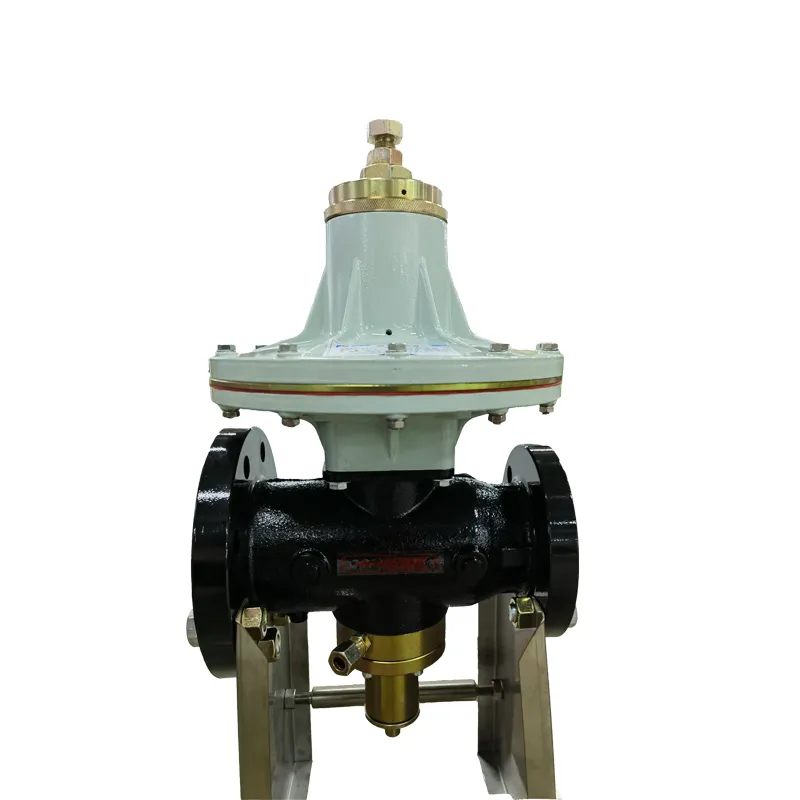
Nov . 18, 2024 17:31
Back to list
Natural Gas Pressure Reduction Station Operations and Safety Measures
Natural Gas Pressure Reduction Station A Vital Component of Energy Distribution
Natural gas is a significant source of energy, powering homes, industries, and vehicles around the world. However, before it can be delivered for use, it must undergo several processes to ensure safety and efficiency. One critical facility in this process is the Natural Gas Pressure Reduction Station (NGPR).
.
The operation of a pressure reduction station typically involves several key components. Firstly, the gas enters the station through a high-pressure inlet. This gas is subjected to a pressure reduction process, which can involve mechanical valves or regulators. These devices precisely control the flow of gas and reduce its pressure to a level that is safe and usable at the distribution network, generally ranging from 60 psi to 200 psi, depending on local regulations and requirements.
محطة تخفيض ضغط الغاز الطبيعي

In addition to pressure regulation, NGPR stations often include filtration systems to remove impurities from the gas. This is crucial for maintaining the quality of the natural gas and protecting downstream equipment from damage caused by contaminants such as water, dirt, and other particulates. Some stations also incorporate odorization facilities, adding a distinct odorant to natural gas. This step is vital for safety, as it allows for the detection of gas leaks, which can pose significant hazards.
Moreover, pressure reduction stations are equipped with advanced monitoring and control systems. These systems enable operators to track the station's performance in real-time and make necessary adjustments to maintain optimal operation. Safety is a top priority, and modern stations are designed with numerous safety features, including pressure relief valves and emergency shutdown systems, to prevent accidents and protect surrounding communities.
In conclusion, the Natural Gas Pressure Reduction Station is an indispensable element of the natural gas distribution system. By ensuring that gas is delivered safely and efficiently, these stations play a critical role in meeting energy needs while prioritizing safety and environmental standards. As the demand for natural gas continues to grow, the importance of these facilities will only increase, highlighting their role in the transition to a more sustainable energy future.
Next:
Latest news
-
Safety Valve Spring-Loaded Design Overpressure ProtectionNewsJul.25,2025
-
Precision Voltage Regulator AC5 Accuracy Grade PerformanceNewsJul.25,2025
-
Natural Gas Pressure Regulating Skid Industrial Pipeline ApplicationsNewsJul.25,2025
-
Natural Gas Filter Stainless Steel Mesh Element DesignNewsJul.25,2025
-
Gas Pressure Regulator Valve Direct-Acting Spring-Loaded DesignNewsJul.25,2025
-
Decompression Equipment Multi-Stage Heat Exchange System DesignNewsJul.25,2025

